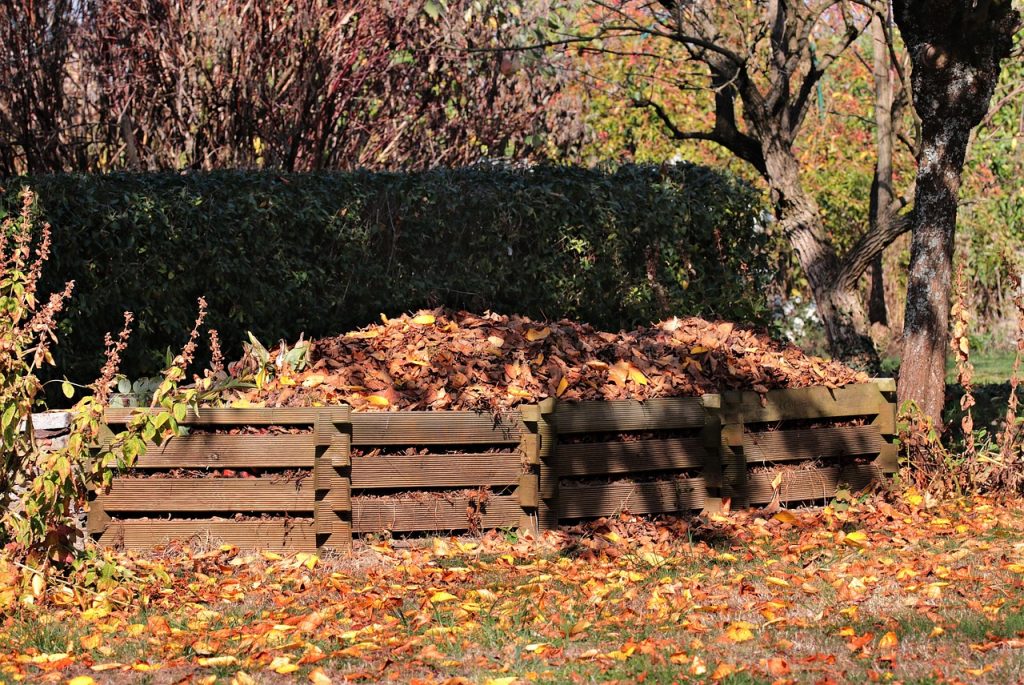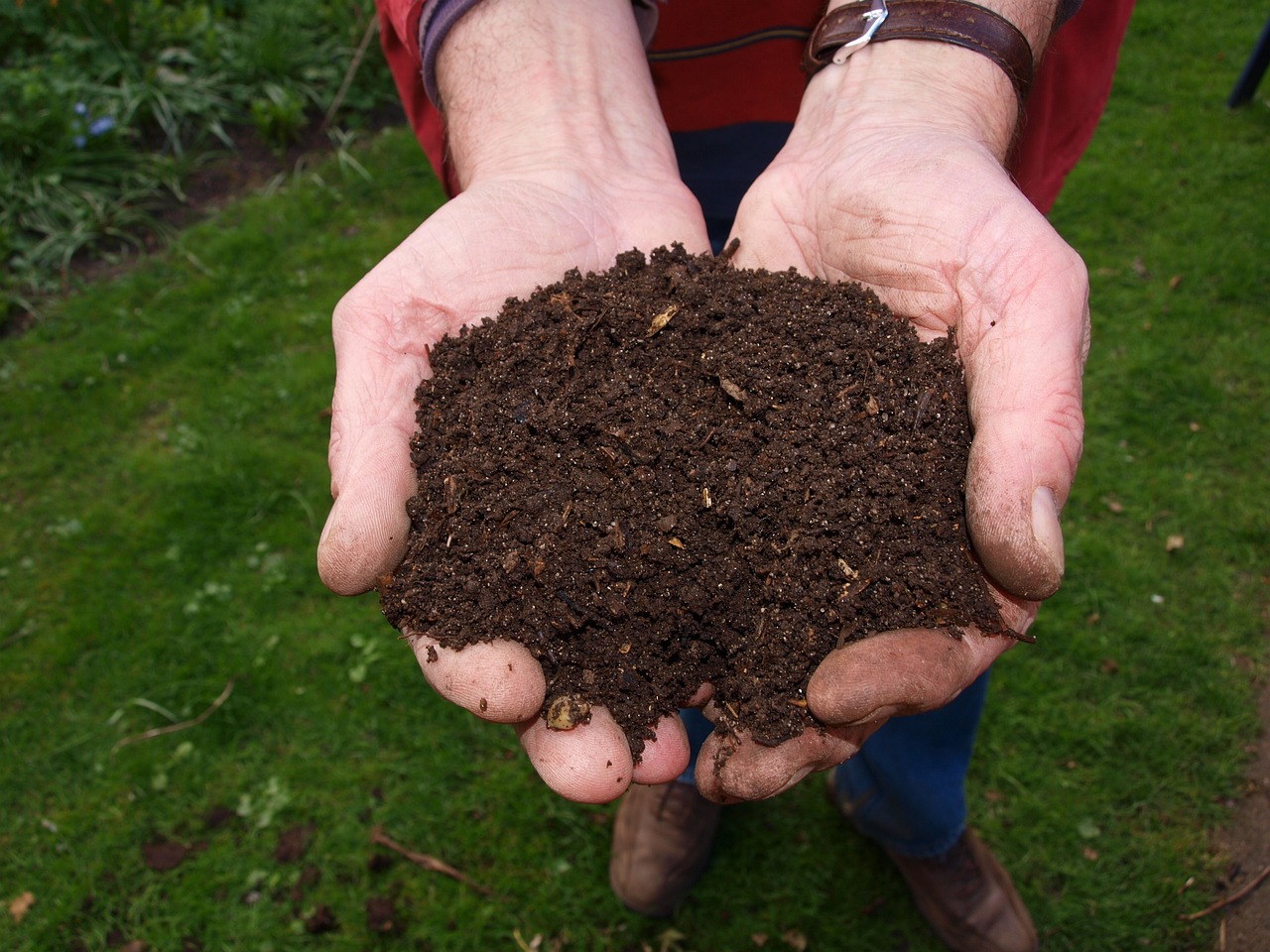Table of Contents
ToggleWelcome to the world of composting!
Have you ever wondered what happens to leftover fruits, vegetables, and other food scraps after you finish eating? Instead of throwing them in the trash, you can turn them into something magical – garden gold! Composting is a fun and easy way to create a nutrient-rich soil amendment that can be used to grow healthy and delicious fruits and vegetables. Plus, it’s a great way to reduce the amount of waste we send to landfills and help our environment. So, are you ready to start your composting adventure? Let’s go!
This guide will walk you through the process step-by-step, from selecting the right bin to adding materials and maintaining your compost.
Why Composting is Important Composting is important because it helps to reduce waste in landfills, which contributes to greenhouse gas emissions. When organic matter like food scraps and yard waste are sent to landfills, they break down and release methane gas, a potent greenhouse gas that contributes to climate change. Composting these materials instead allows them to decompose naturally and create nutrient-rich soil that can be used in gardens and landscapes.

Selecting a Compost Bin
When selecting a compost bin, there are a few things to consider. First, think about the size of your yard and the amount of waste you’ll be composting. If you have a small yard or only plan to compost kitchen scraps, a smaller bin may be sufficient. If you have a larger yard or plan to compost yard waste as well, a larger bin may be necessary. You can choose from a variety of options, including plastic bins, tumblers, or even build your own compost bin using wood or other materials.
Setting Up Your Compost Bin
Once you have your bin, it’s time to set it up. Choose a location that is easily accessible and receives some sun. If possible, place the bin on soil instead of concrete, as this will allow worms and other beneficial organisms to enter the compost. Add a layer of twigs or small branches to the bottom of the bin to improve aeration.
Adding Materials to Your Compost Bin
To start your compost, add a mix of brown and green materials. Brown materials include things like dried leaves, twigs, and shredded paper, while green materials include things like fruit and vegetable scraps, grass clippings, and coffee grounds. Aim for a ratio of about 3:1 brown to green materials, and add them in layers to the bin. Moisten the materials as you add them, but don’t make them too wet. Finally, mix the materials together to help them decompose more quickly.
Maintaining Your Compost Bin
To keep your compost bin working well, you’ll need to maintain it regularly. Turn the compost every week or two using a pitchfork or shovel to add air and help the materials decompose. Keep the compost moist, but not too wet, and add more brown and green materials as needed. Avoid adding meat, dairy, or oils, as these can attract pests and slow down the composting process. Within a few months, you should have a rich, nutrient-dense compost that you can use in your garden.
Frequently Asked Questions (FAQs)
Q: How long does it take to make compost? A: The time it takes to make compost depends on several factors, including the size of your bin, the types of materials you’re composting, and how often you turn the compost. In general, it can take anywhere from a few weeks to several months to create finished compost.
Q: Can I compost in an apartment? A: Yes, you can compost in an apartment using a small bin or worm composting system. Look for a bin that is specifically designed for indoor use and has a tight-fitting lid to control odors.
Q: What should I do if my compost smells bad? A: If your compost smells bad, it may be too wet or have too much nitrogen-rich materials. Try adding more brown materials like dried leaves or shredded paper to balance the ratio of brown to green materials. Turning the compost more frequently can also help to improve the aeration and reduce odors.
Q: Can I compost meat and dairy? A: It’s best to avoid composting meat, dairy, and oils, as they can attract pests and slow down the composting process. Stick to vegetable scraps, fruit peels, and yard waste instead.
Q: How do I know when my compost is ready? A: Finished compost should be dark, crumbly, and have an earthy smell. You may still see some small bits of twigs or leaves, but the majority of the material should be broken down. It’s ready to use in your garden when it’s finished compost.
Conclusion
In conclusion, composting is an excellent way to reduce waste and create nutrient-rich soil for your garden. It’s also a fantastic way to teach kids about sustainability and the environment. Follow the steps in this guide to start your compost bin at home, and enjoy the benefits of composting. Remember to choose the right bin, add the right mix of brown and green materials, maintain the compost bin regularly, and use the finished compost in your garden. With a little effort, you can create a sustainable and environmentally friendly way to manage your household waste.








1 thought on “Composting Adventures: A Guide for Kids to Turn Food Scraps into Garden Gold”
Pingback: How does food waste affect the environment? - Sustainability Awakening